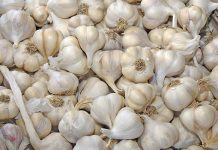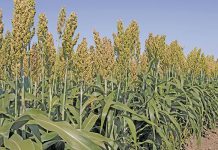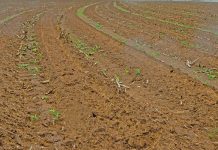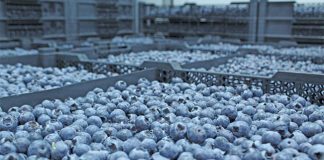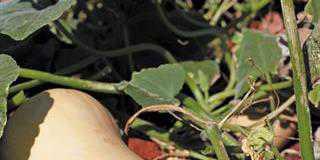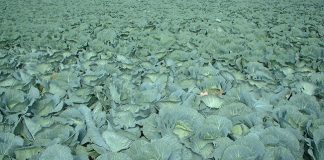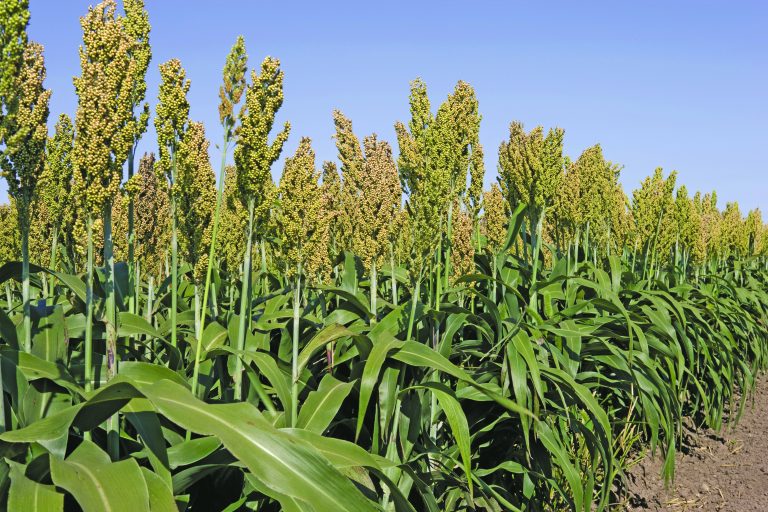
Photo: Supplied
Sorghum is known for its ability to withstand adverse conditions like drought, heat, and waterlogging caused by erratic rainfall. This is just one of the reasons it is considered a good alternative to planting maize.
Although there are a number of sorghum species, it is mainly Sorghum bicolor, native to Africa, that is produced for human consumption.
Sorghum is primarily used around the world in the production of grain for products such as porridge, sorghum molasses and syrup, alcoholic beverages, and biofuels.
Its versatility makes it a great alternative to other types of grains, grasses and cereals, and it can be considered the fifth most important cereal crop in the world.
The South African Department of Science and Innovation (DSI) launched a feasibility study in 2021 to ascertain the value of sorghum in the country’s value chain.
The study not only highlighted the major challenges the industry is facing but also identified some actions that could be implemented for its survival.
One of the recommendations was to establish the Sorghum Cluster to act as a framework for implementing the initiatives recommended in the report.
According to Willem Groothof, chairperson of the Sorghum Trust, the creation of this initiative make sense as it will focus simultaneously on all the identified focus areas for sorghum production and market development in South Africa.
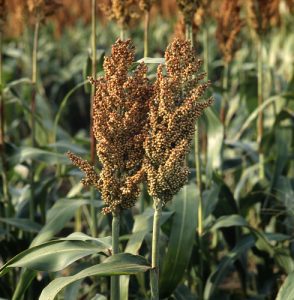
The DSI’s Sorghum Cluster Master Plan stands on the following development pillars:
- An advanced germplasm development programme;
- Establishing a sorghum promotion agency like the US’s Sorghum Checkoff;
- Removing VAT from sorghum and sorghum meal and excise duty on pasteurised traditional African beer, and adding an import duty;
- Promoting inclusivity and food security by means of a pilot sorghum project in the Eastern Cape; and
- Securing yield gains through precision agriculture and extension services.
Groothof says the following projects are already under way:
- The evaluation of exotic germplasm as a precursor to sorghum pre-breeding;
- Investigating quelea control methods;
- Policy aspects: VAT on sorghum;
- An awareness campaign to support the market for sorghum;
- Establishing an agro-processing facility; and
- Marketing analysis of the sorghum value-chain upgrade.
Essential nutrients
According to the US Department of Agriculture, sorghum contains many nutrients and may provide nearly half of the daily required protein, a significant amount of dietary fibre, and B vitamins like niacin, riboflavin and thiamine, as well as high levels of magnesium, iron, copper, calcium, phosphorus and potassium.
Humanity is faced with many lifestyle diseases, one of which is insulin resistance often caused by consuming too many simple carbohydrates.
Excessive carbohydrates break down into simple sugars and can wreak havoc on the glucose levels in the body, leading to type 2 diabetes or causing chaos for those already suffering from diabetes.
The complex carbohydrate, tannin-rich bran of sorghum contains certain enzymes that inhibit the absorption of starch by the body, which can help to regulate insulin and glucose levels in the body.
Coeliac disease is a severe allergy to gluten, which is primarily found in wheat-based products. As an alternative, sorghum can be eaten safely by those suffering from gluten intolerance.
Promoting sorghum in SA
According to Sipamandla Mangele, owner of Local Village Foods, sorghum as a crop and food has always been important to the people of Southern Africa. “Sorghum should be seen as the grain that depicts the identity of Africa. It is an indigenous crop that plays an important role in the tradition and celebrations of our peoples.
“It contributes to the identity of people in Africa and it is important to recognise the role it plays in the dignity of cultures in Africa,” she says
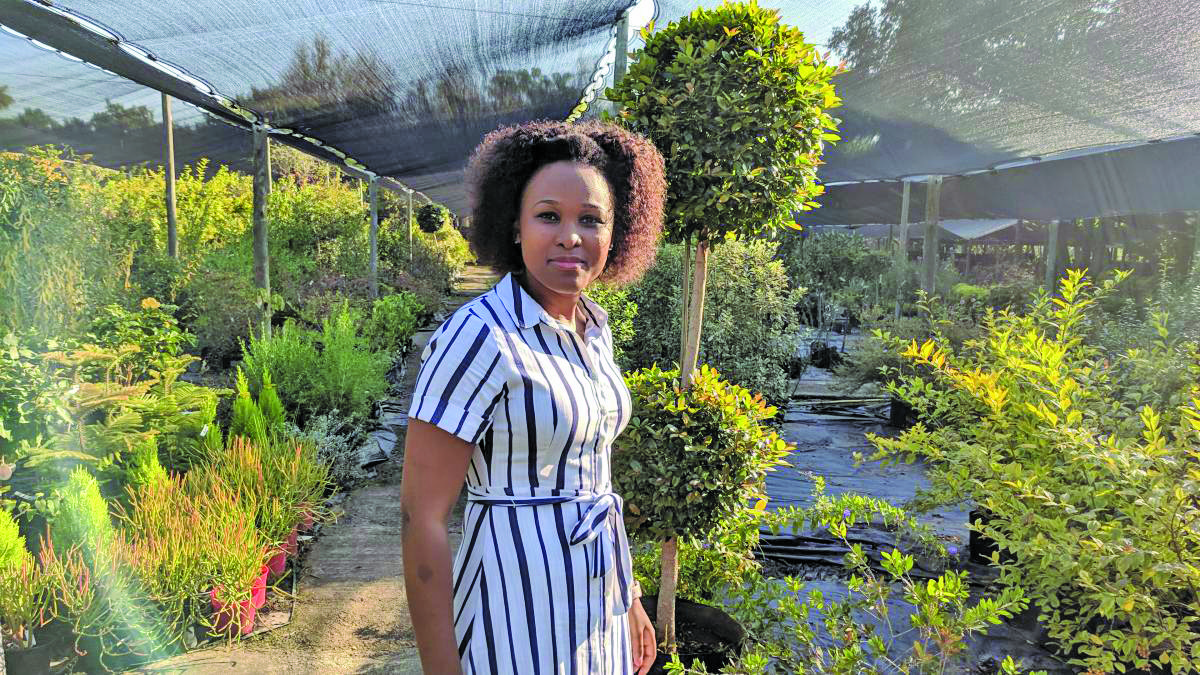
Mangele aims to make traditional African wholefoods and ingredients more accessible to local and international markets, driving sustainable agriculture along the way.
Local Village Foods aims to find uniquely African crops to create food products ranging from pasta and grains to gluten-free flour, snack bars, canned foods and various nutrient-dense superfoods.
Based in Potchefstroom, North West, Sense Food Product Development specialises in product innovation, extrusion, consumer buying behaviour and product appearance tests. They also assist clients to identify opportunities in the market.
According to Izelri Marx, the company’s co-director and innovation expert, they have developed a range of products from so-called red sorghum, including full-grain porridge, full-grain instant cereal, malted centres for chocolates, beer mageu and savoury snacks.
“We do not, however, typically work with bitter white sorghum as the end-product is not always acceptable to the consumer.
“As an ancient grain, sorghum is ideal to supplement the diets of consumers, including those in the high-end market who are focusing on health products. Because it is gluten-free, it can be a great alternative for people suffering from gluten intolerance,” she says.
She warns, however, that because sorghum flour does not contain all the properties of wheat flour, one cannot necessarily bake a loaf of bread without additions to the recipe to replicate bread’s properties.
But, she stresses, sorghum can be used to lower the gluten content and the glycaemic index of products.
Product development is needed
Marx says the company encountered some problems obtaining grain to develop and make sorghum products.
She adds that if the sorghum industry were to be developed more extensively, focus should be placed on product accessibility and the developing the entire value chain.
Taste differences between cultivars present challenges in product processing, and the differences in colour and taste can influence the final product’s repeatability.
In addition, processing should receive more attention:
“The correct processing methods should be used to maintain the health attributes of sorghum in the end-product. We like to mill the grain into a flour and then use that in our product development. It remains important though to retain the tannin-rich bran of sorghum in the product,” she says.
Visit Local Village Africa at localvillage.africa; and Sense Food Product Development at sensepd.com

